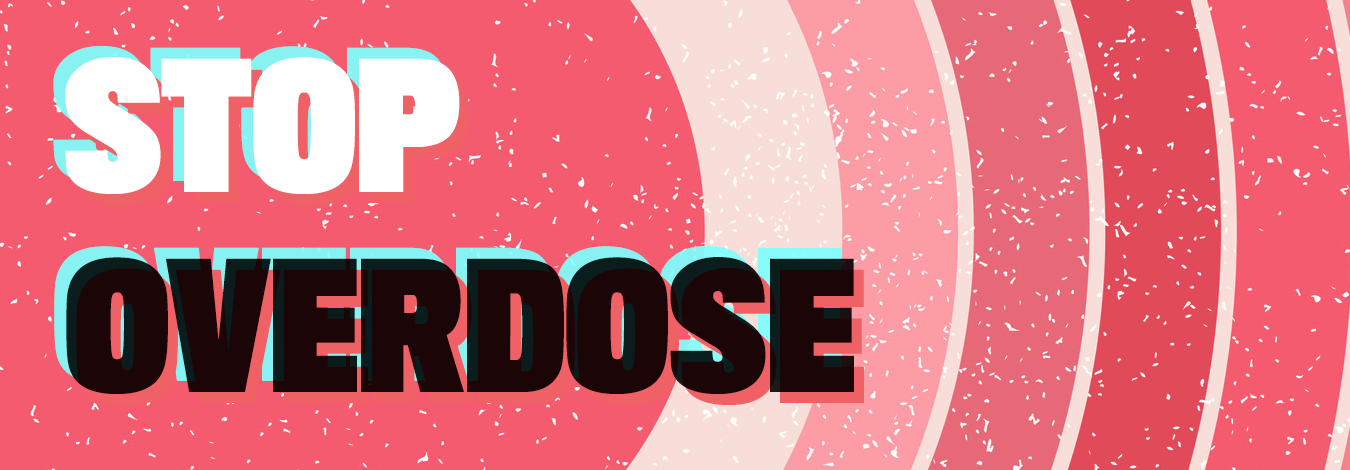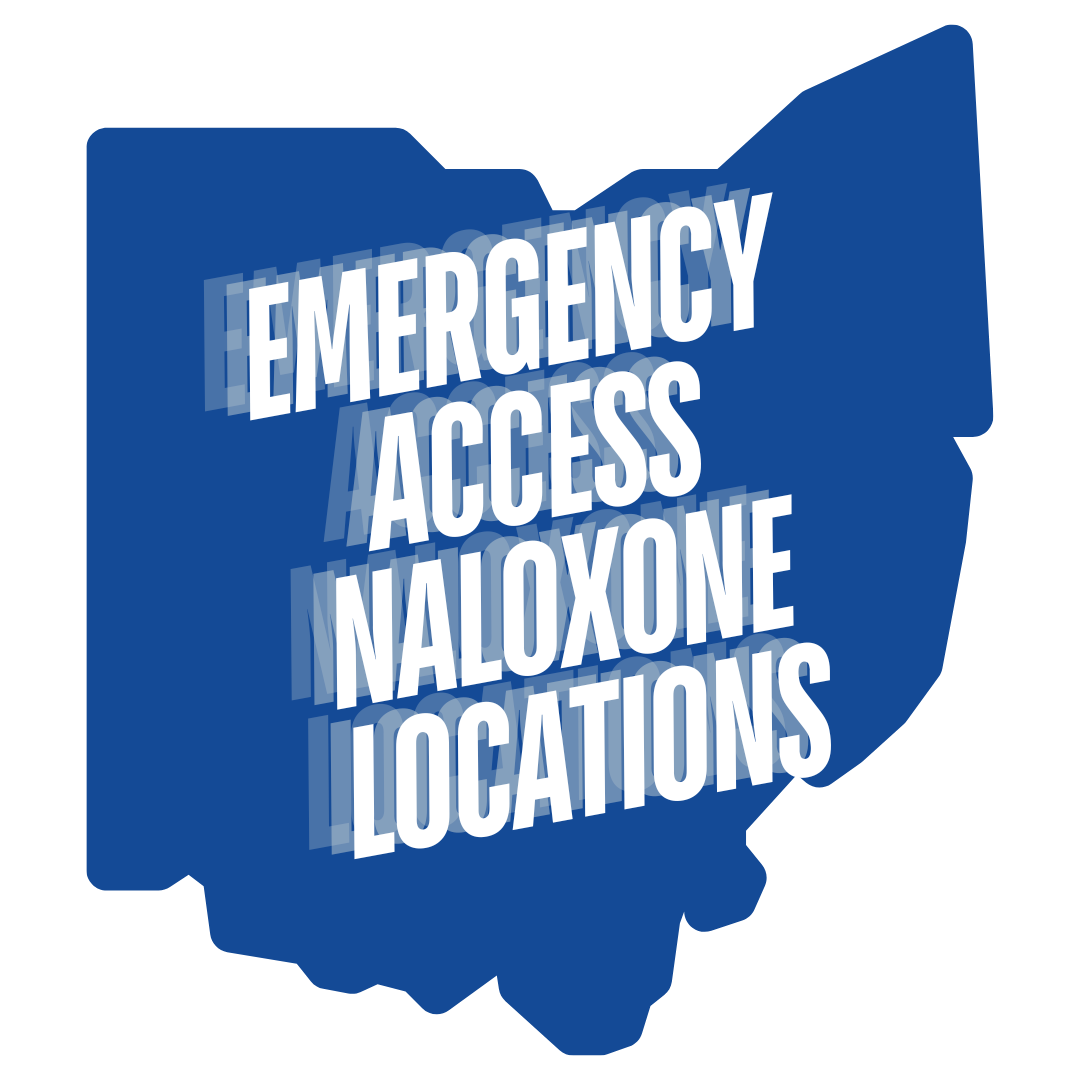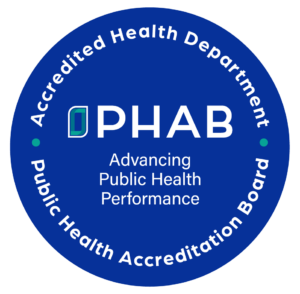Our Mission
A partnership of Union County agencies, service entities, and the community working together to reduce drug overdose deaths through prevention efforts and education in the community.
“The Empty Chair ” symbolizes individuals lost to an overdose, represented in painted purple chairs, which is the color of overdose awareness. Each year, Union County loses between 5 to 10 residents to overdose deaths. These chairs are a powerful reminder of those no longer sitting at desks, kitchen tables, or gatherings with friends and family.
From August 28 through September 30, Empty Chairs will be displayed in front of local businesses along Fifth and Main Streets in Marysville, and throughout the county at partner locations to raise awareness of Overdose Awareness Day and Recovery Month.
Finished chairs will also be present at two events on August 28 – Overdose Awareness Day, held at the Memorial Pavilion, and at a memorial gathering at the Avalon Theatre later that evening. Each chair will be uniquely designed and feature a framed description of the campaign. The project aims to raise awareness, reduce stigma, and spark meaningful conversations through a tangible and visual tribute.
Marysville Art League
Richwood Bank Locations
Honda Marysville
Leon’s Garage
Mental Health & Recovery Board of Union County
Wings Support and Recovery
Lighthouse Behavioral Health Solutions
Maryhaven at the Mills Center
Salon 122
Plumm Home Vintage and Gifts
The Copy Source, Inc
Union County Health Department
2nd Chances Thrift Store
Yeasty Boys Bakery & Delicatessen
The Old Town Marketplace
Huffer Chiropractic
Click on the map to view the addresses of “The Empty Chairs.”
PROJECT DAWN / NALOXONE “NARCAN”
Union County Overdose Prevention Coalition is proud to partner with Project DAWN. Project DAWN (Deaths Avoided With Naloxone) is a network of opioid overdose education and naloxone distribution programs (OENDP) coordinated by the Ohio Department of Health. Learn more about Project DAWN and how you can obtain a naloxone kit here.
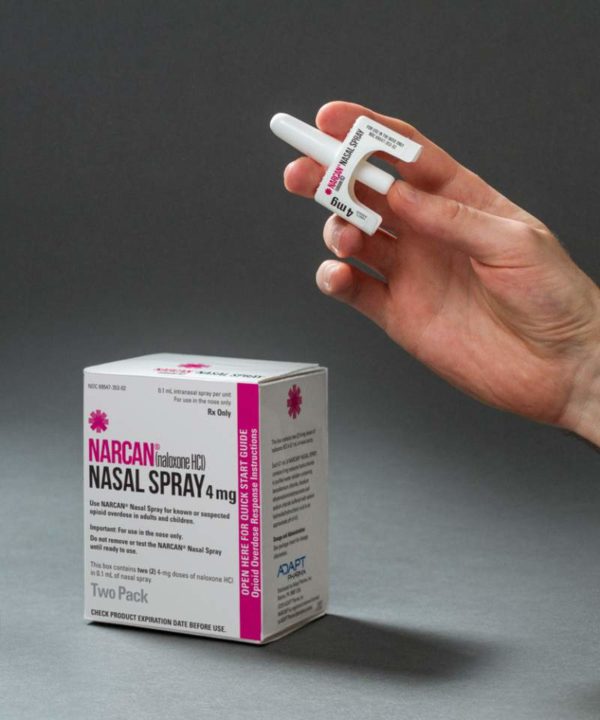
There are 4 options to receive a naloxone kit(s):
- Call (937) 645-2045 to schedule a training (individual or group)
- Email shawn.sech@uchd.net to schedule a training (individual or group)
- Click HERE to receive an individual kit in the mail
- Attend at community class (please make sure to RSVP!)
Naloxone Pick-up Locations
- Marysville Fire Station 272
209 S. Main St.
Marysville, OH 43040 - Central Ohio Primary Care
140 Colemans Crossing Blvd., Suite 210
Marysville, OH 43040 - West Central Community Correctional Facility
18200 OH-4,
Marysville, OH 43040 - Union County Probate Court
215 W 5th St,
Marysville, OH 43040 - Northwestern Fire Department
21684 Main St.
Raymond, OH 43067 - Dave’s Pharmacy
411 W. Fifth St.
Marysville, OH 43040 - Freedom Recovery
439 Allenby Dr.
Marysville, OH 43040 - Wings Support and Recovery
729 S. Walnut St.
Marysville, OH 43040
To view a map of Naloxbox locations, click on the Ohio map.
LOCAL RESOURCES
Recovery is Possible. There is Hope.
Click for a complete list of mental health and substance abuse services.

Properly Dispose Of Medications
Getting rid of expired or unused medication is an important step in limiting access to opioids and medications that can be dangerous if misused or ingested by a child or other person. Union County has medication disposal drop boxes in four (4) locations. Medications can be dropped off any day at any time. Pills, patches, and other solid prescriptions are accepted. Liquids, needles, or other sharps are not accepted. Medication drop-off is anonymous, and no questions are asked.
(disposal box located in the lobby)
1250 West 5th Street
Marysville, Ohio 43040
(disposal box located in the lobby)
153 North Franklin Street
Richwood, Ohio 43344
(disposal box located in the lobby)
221 West 5th Street
Marysville, Ohio 43040
Lock Up Medications
Ease of access is the #1 reason youth misuse prescription drugs. 75 percent of opioid misuse starts with using medication that wasn’t prescribed for them-usually taken from a friend or family member, often from the medicine cabinet. Please keep medications locked up and out-of-access to children, teens, and guests.
Prescription Opioids: The Basics
Prescription opioids can be used to treat moderate-to-severe pain and are often prescribed following surgery or injury, or for health conditions such as cancer. The most commonly prescribed opioids include the following:
- Hydrocodone (Vicodin®)
- Oxycodone (OxyContin®, Percocet®)
- Morphine (Kadian®, Avinza®)
- Codeine
- Fentanyl
- Hydromorphone
- Tapentadol
- Methadone
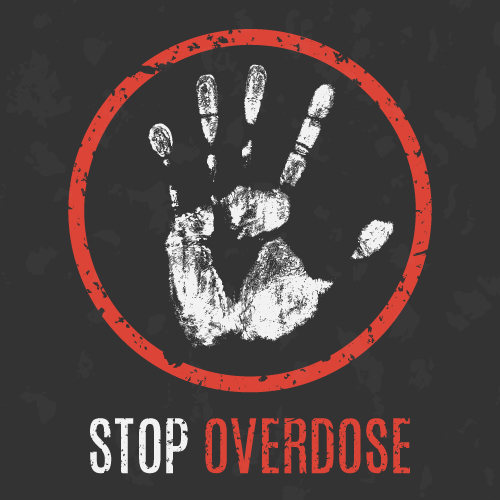
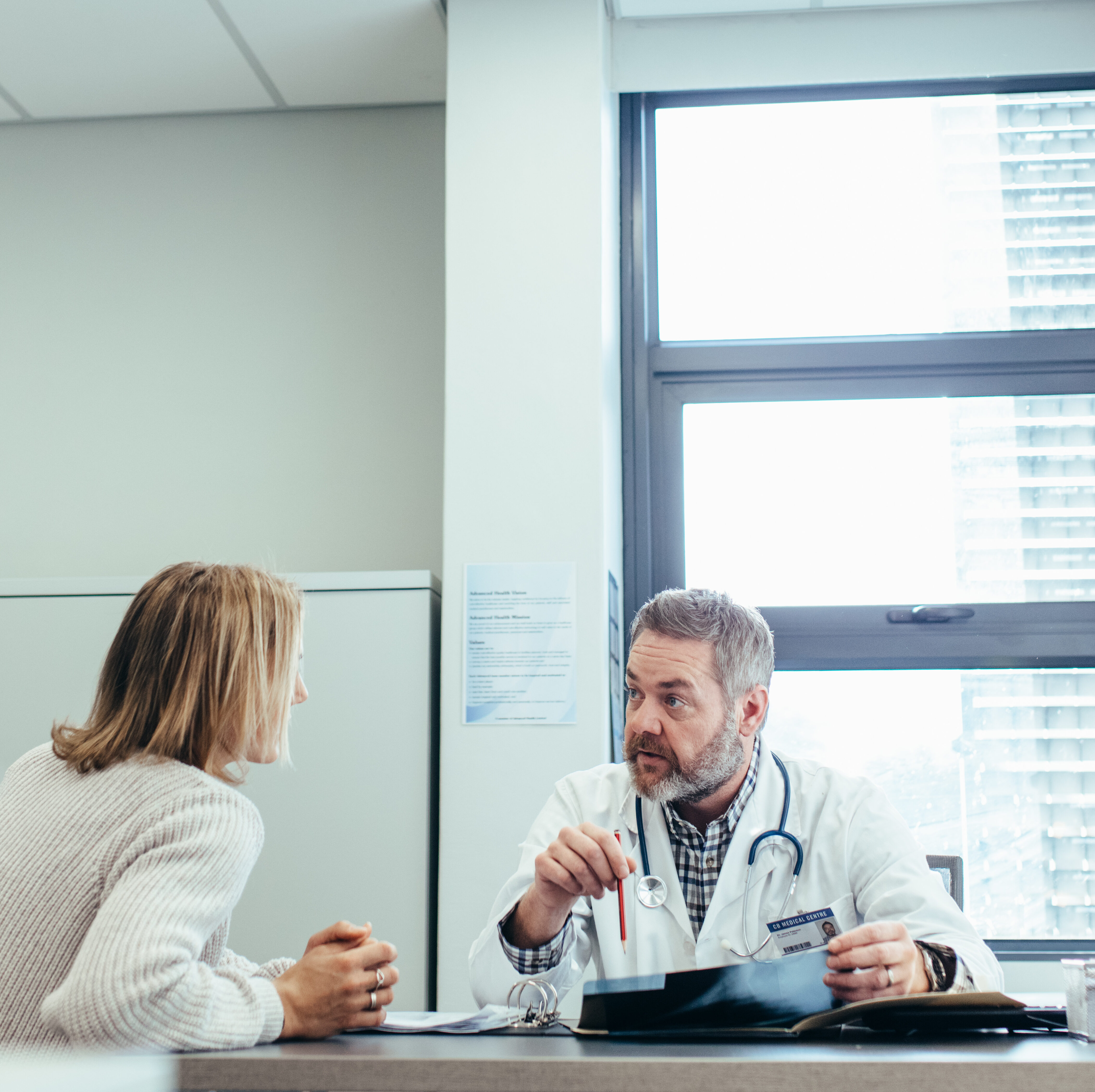
Talk to Your Doctor
There is a way out of addiction. You don’t have to do this alone.
Talk to your doctor about ways to manage your pain that do not involve prescription opioids. Some of these options may actually work better and have fewer risks and side effects. Depending on the type of pain you are experiencing, options may include:
- Acetaminophen (Tylenol®) or ibuprofen (Advil®)
- Cognitive-behavioral therapy – a psychological, goal-directed approach in which patients learn how to modify physical, behavioral, and emotional triggers of pain and stress
- Exercise therapy, including physical therapy
- Medications for depression or for seizures
- Interventional therapies (injections)
- Exercise and weight loss
- Other therapies such as acupuncture and massage
- Your health and safety are important. Start the conversation with your doctor and work together to set pain management goals and develop a treatment plan that will help you. Follow-up if your pain is not resolving as quickly as expected.
Save a Life from Prescription Opioid Overdose
Death from an opioid overdose happens when too much of the drug overwhelms the brain and interrupts the body’s natural drive to breathe. During an overdose, breathing can be dangerously slowed or stopped, causing brain damage or death. It’s important to recognize the signs and act fast. Signs include:
- Small, constricted “pinpoint pupils”
- Falling asleep or loss of consciousness
- Slow, shallow breathing
- Choking or gurgling sounds
- Limp body
- Pale, blue, or cold skin
It may be hard to tell if a person is high or experiencing an overdose. If you aren’t sure, it’s best to treat it as an overdose— you could save a life.
- Call 911 immediately.
- Administer naloxone, if available.
- Try to keep the person awake and breathing.
- Lay the person on their side to prevent choking.
- Stay with him or her until emergency workers arrive.
For more information: https://www.semhq.net/uchd-cdc-opioid-awareness
Marysville Fire Department, and Northwestern Fire Department, operate Community Paramedicine programs where paramedics visit residents on a non-emergency basis with the goal of decreasing the number of times the individual calls 911. Areas that our paramedics may be able to assist with are: gateway to community resources, fall prevention measures, and coordination of medical providers. If you have questions regarding the community paramedic program, please contact the Marysville Fire Division at (937) 642-2065 or email cp@marysvilleohio.org, or contact the Northwestern Fire District at (937) 246-2156.



